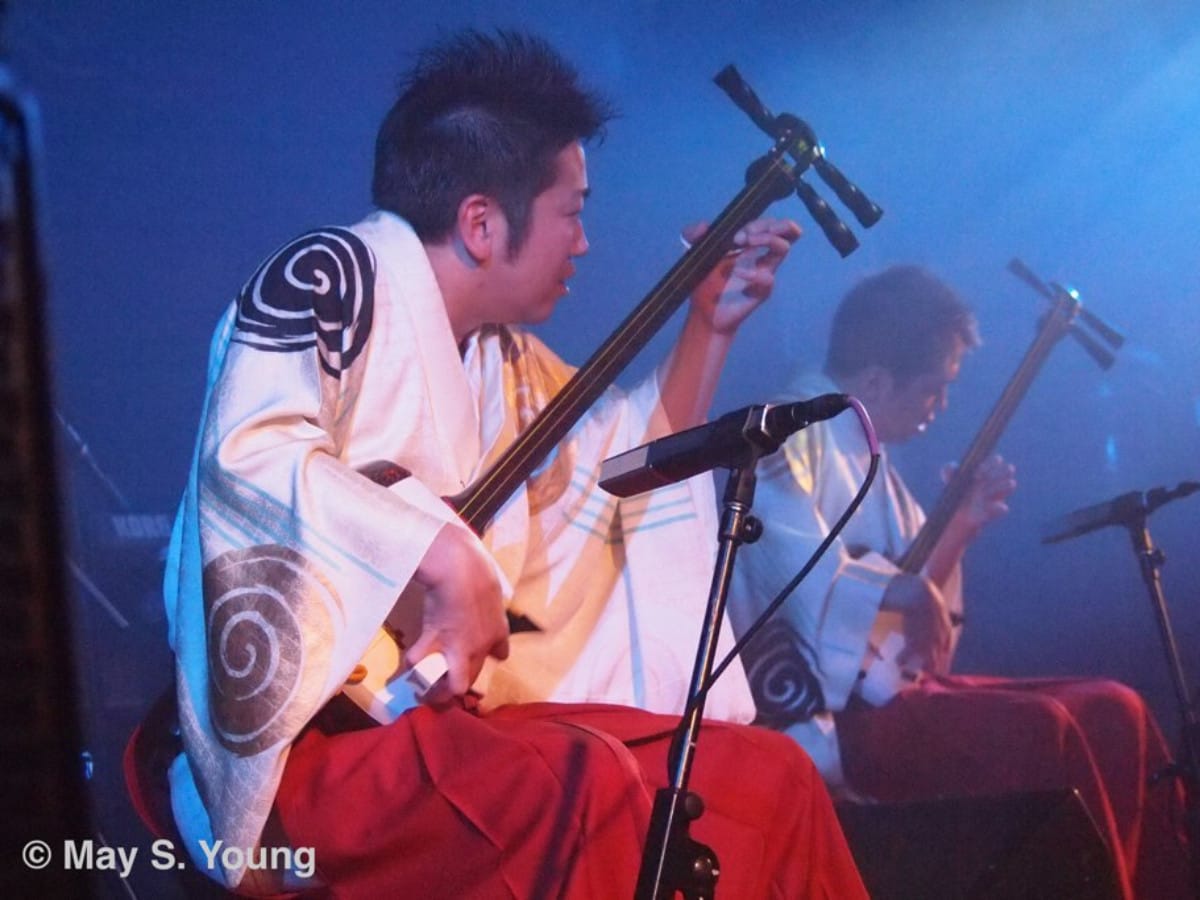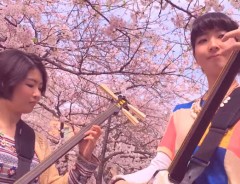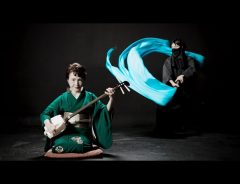
Source: May S. Young | © Flickr.com
High-energy performers shred on the traditional Japanese instrument the shamisen
- Tags:
- Performance / Shamisen
Related Article
-

Theatre for All: Japan’s first multilingual barrier-free online stage for theatre, dance, film & media art
-

Discover Yomitan Village in Okinawa with the IGLOOO x Yomitan EC Project Collaboration
-

Masterful Performance By Two Shamisen Girls Under Sakura Trees Is Simply Awe-Inspiring
-

Masters of Japanese Traditional Instruments play Anime songs and Demon Slayer opening
-

Final Fantasy 7 Music Played Traditional Japanese Style on Shamisen Wows Nostalgic Gamers
-

This Dance Group From Japan Wowed the Judges and The Audience Alike At AGT


You gotta love music. Whether its spacey ambient kankyo ongaku, relaxing jazz progressions from the 1970s, or a seven-hour kawaii danceathon, there’s nothing like the right song or performer to set the mood.
Yet, amid the COVID-19 scare, concerts are unfortunately impractical. Like other countries, Japan has been delaying or canceling live events, while superstars like Sir Paul McCartney and Ed Sheeran warn the music industry is on the brink of collapse.
In a time of empty concert halls, I am personally rediscovering the classics. And I mean the classic classics. At the top of my playlist recently are the master performers of traditional Japanese instruments like the 三味線 shamisen.
Even if the instrument's name doesn't strike you, you've likely heard it before. The twangy sound of this three-stringed, guitar-like instrument is quintessential to the Japanese aesthetic. The plucked instrument has a long neck and a resonating body. It is often tuned with the outer strings an octave apart and the middle string tuned in between. Highly regarded, it can often be heard in 民謡 Min'yo folk music or accompanying 歌舞伎 Kabuki theater
Yoshida Brothers
The 吉田兄弟 Yoshida Brothers are pretty well-known. Hailing from Hokkaido, they began playing shamisen in the Tsugaru-jamisen style, a genre of shamisen music developed in the 1920s, at the age of five. By 1999, they had broken out, and by in 2002 they went on their first national tour.
Since then, they have released recordings in the USA, performed in New York City and Los Angeles, and all-around become something of an international hit. They even appeared in Wii commercials.
While they have previously mixed Tsugaru shamisen with pop stylings, the featured video is a more traditional performance. Their plucking is fast-paced and relentless, with a few "HEIs" sprinkled in now and again. Throughout "Kodo" they often harmonize, which creates are envigorating full sound. As many shamisen performers play solo, it's an effect you don't hear every day.
Chikuzan Takahashi The Second
Chikuzan Takahashi is a lesser-known second-generation shamisen player. Like many professionals, she began practicing young at the age of 11. By the time she was 18, she had become the disciple of Takahashi Takeyama, another famous performer. Her music incorporates many influences from several classical genres.
While her video has only basic production value, her precision playing more than makes up for it. In her unusually constructed song, she lays whirling shamisen licks with seemingly no problem. The song is uptempo, and hard to not tap your foot to.
Hiromitsu Agatsuma
Hiromitsu Agatsuma, born in Ibaraki, is another Tsugaru-jamisen player. He began playing at the age of six, gaining his first accolades by the age of 14. Throughout his career, Agatsuma has deeply explored traditional stylings. Alongside the Yoshida Brothers, he signed with Domo Records and received acclaimed for taking Tsugaru-jamisen in new directions.
His performance feels more like something from an earlier generation, and perhaps could be said to be more "traditional-sounding" than other artists featured. Regardless, his finger-blazing arpeggios and precise control of dynamics make for an upbeat and energetic performance. Amazing how much ambiance and momentum can be created by a single player on a single shamisen, especially near the end of his piece.
Shamisen Girls Ki&Ki
Finally, we have the Shamisen Girls Ki&Ki, who appear to be performing live on downtown Tokyo streets. According to their website, the top-tier duo has been performing since 2008. Mixing Minyo folk music stylings with traditional Tsugaru songs, they have won national and international shamisen competitions.
Watching their video, the duo certainly seems to live up to the accolades. Although their style seems a bit more contemporary on first listen, it is technical and impressive. And certainly upbeat.